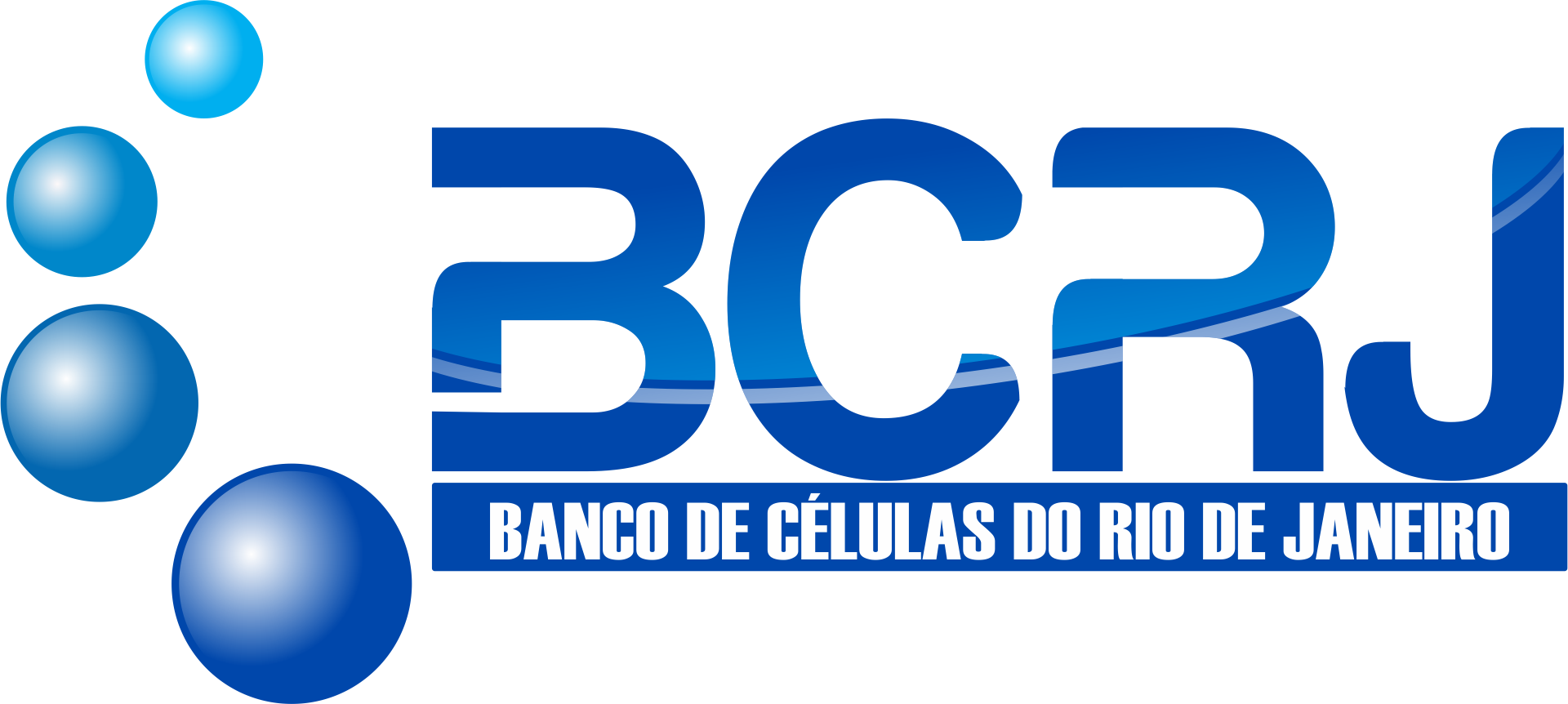| BCRJ Code | 0038 |
| Cell Line | AFT024 |
| Species | Mus musculus |
| Vulgar Name | Mouse |
| Tissue | Liver/Stroma |
| Cell Type | Fibroblast Sv40 Immortalized, Sv40 Transformed |
| Morphology | Fibroblast |
| Growth Properties | Adherent |
| Age/Ethinicity | 14 to 14.5 day gestation embry Day / |
| Derivation | This cell line, immortalized with temperature sensitive SV-40 T antigen, was derived from murine fetal liver stromal cells. They represent cells obtained from the microenvironment of the liver that support purified mouse and human CD34+CD38- hematopoietic stem/progenitor cells. |
| Applications | These cells are provided for use as feeder cells to support the growth of purified mouse and human CD34+CD38- hematopoietic stem/progenitor cells. |
| Biosafety | 2 |
| Addtional Info | These cells have been growth-arrested by irradiation with 12,000 rads. The cells will begin to deteriorate 2 weeks after plating and may no longer support the growth of cells. We recommend that you do not keep the cells in culture for longer than 2 weeks. It is recommended that the feeder cells be plated 24 hours before use at 5 to 6 X 106 cells/T75 in order to obtain a 100% confluent monolayer for stem cells growth. Once the feeder cells have attached, the culture medium can be changed to accommodate the cells to be supported. |
| Culture Medium | Dulbecco's Modified Eagle's Medium (DMEM) modified to contain 4 mM L-glutamine, 4500 mg/L glucose, 1 mM sodium pyruvate and fetal bovine serum to a final concentration of 10%. |
| Subculturing | Volumes used in this protocol are for 75 cm2 flask; proportionally reduce or increase amount of dissociation medium for culture vessels of other sizes. T-75 flasks are recommended for subculturing this product. Remove and discard culture medium. Briefly rinse the cell layer with PBS without calcium and magnesium to remove all traces of serum that contains trypsin inhibitor. Add 2.0 to 3.0 mL of Trypsin-EDTA solution to flask and observe cells under an inverted microscope until cell layer is dispersed (usually within 5 to 15 minutes). Note: To avoid clumping do not agitate the cells by hitting or shaking the flask while waiting for the cells to detach. Cells that are difficult to detach may be placed at 37°C to facilitate dispersal. Add 6.0 to 8.0 mL of complete growth medium and aspirate cells by gently pipetting. Add appropriate aliquots of the cell suspension to new culture vessels. Incubate cultures at 37°C. Population Doubling Time about: 24 a 48 hours. NOTE: For more information on enzymatic dissociation and subculturing of cell lines consult Chapter 12 in Culture of Animal Cells, a manual of Basic Technique by R. Ian Freshney, 6th edition, published by Alan R. Liss, N.Y., 2010. |
| Subculturing Medium Renewal | Every 2 to 3 days |
| Subculturing Subcultivation Ratio | 1:4 to 1:8 |
| Culture Conditions | Atmosphere: Air, 95%; carbon dioxide (CO2), 5% Temperature: 33°C Max Temperature: 33°C Min Temperature: 31°C |
| Cryopreservation | 95% FBS + 5% DMSO (Dimethyl sulfoxide) |
| Thawing Frozen Cells | SAFETY PRECAUTION:
It is strongly recommended to always wear protective gloves, clothing, and a full-face mask when handling frozen vials. Some vials may leak when submerged in liquid nitrogen, allowing nitrogen to slowly enter the vial. Upon thawing, the conversion of liquid nitrogen back to its gas phase may cause the vial to explode or eject its cap with significant force, creating flying debris.
NOTE: It is important to avoid excessive alkalinity of the medium during cell recovery. To minimize this risk, it is recommended to place the culture vessel containing the growth medium in the incubator for at least 15 minutes before adding the vial contents. This allows the medium to stabilize at its normal pH (7.0 to 7.6). |
| References | Moore KA, et al. Hematopoietic activity of a stromal cell transmembrane protein containing epidermal growth factor-like repeat motifs. Proc. Natl. Acad. Sci. USA 94: 4011-4016, 1997. PubMed: 9108096 Miller JS, et al. Single adult human CD34(+)/Lin-/CD38(-) progenitors give rise to natural killer cells, B-lineage cells, dendritic cells, and myeloid cells. Blood 93: 96-106, 1999. PubMed: 9864151 Moore KA, et al. In vitro maintenance of highly purified, transplantable hematopoietic stem cells. Blood 89: 4337-4347, 1997. PubMed: 9192756 Hachney JA, et al. A molecular profile of a hematopoietic stem cell niche. Proc. Natl. Acad. Sci. USA 99: 13061-13066, 2002. PubMed: 12226475 Punzel M, et al. The myeloid-lymphoid initiating cell (ML-IC) assay assesses the fate of multipotent human progenitors in vitro. Blood 93: 3750-3756, 1999. PubMed: 10339481 Thiemann FT, et al. The murine stromal cell line AFT024 acts specifically on human CD34+CD38- progenitors to maintain primitive function and immunophenotype in vitro. Exp. Hematol. 26: 612-619, 1998. PubMed: 9657136 Lewis ID, et al. Umbilical cord blood cells capable of engrafting in primary, secondary, and tertiary xenogeneic hosts are preserved after ex vivo culture in a noncontact system. Blood 97: 3441-3449, 2001. PubMed: 11369635 Fleming, D.O., Richardson, J. H., Tulis, J.J. and Vesley, D., (1995) Laboratory Safety: Principles and Practice. Second edition, ASM press, Washington, DC. Caputo JL. Biosafety procedures in cell culture. J. Tissue Culture Methods 11:223-227, 1988 |
| Depositors | MARIA ISABEL ROSSI; KINCADE |
| Cellosaurus | CVCL_5431 |



